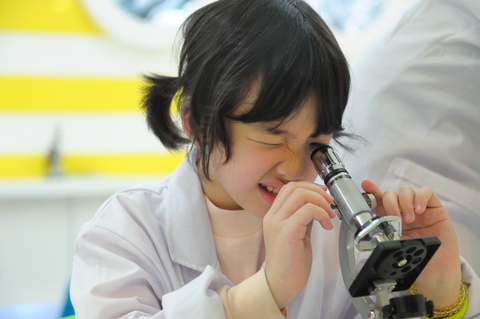Swansea schoolgirl puts pressure ulcer app to the test

A schoolgirl with spina bifida has helped experts at Morriston Hospital in Swansea put an innovative new app to the test (Abertawe Bro Morgannwg University Health Board, 2017).
The app was created by PUPIS, Abertawe Bro Morgannwg University Heath Board’s multidisciplinary Pressure Ulcer Prevention and Intervention Service, with Welsh Government funding. It may eventually be available to people at home with, or at risk of developing, pressure ulcers, as well as health professionals caring for them.
The iPad app has been trialled by selected district and specialist community nurses, and by a small group of patients, including thirteen year old Tia Walters from Swansea, who is a wheelchair user. A feature Tia found really useful was the monitoring tool, which allows photographs of the pressure ulcer to be uploaded and the details logged. This helps indicate whether the wound is getting better or worse, and whether an appointment with a nurse specialist from the Morriston Hospital-based PUPIS team is required. Other features include a countdown timer to remind patients when they need to move to relieve pressure and get blood flowing again.
Community children’s nurse Ann Marie Boland said “Tia learnt about the app from the team at Morriston. She would ask me or her parents to take a photo, then she would check the photo to make sure it was clear and showed the pressure area. Once she was happy with that she would complete the measurements. Every time she did that she could see that lifting off the pressure area or resting on her side were having an effect. Tia could actually see there were improvements, rather than having to take my word for it.”
There were other benefits, in terms of saving time for the family. Tia’s mum Elaine Saddington said “Before the app we had to take pictures on our phone and show the nurses every time she had an appointment. Then I had to scroll through so many pictures to make comparisons. It was really quite tricky. Because we use the app now the pictures are uploaded automatically and they can be seen by Morriston, which eliminates the need for as many appointments. They can see how the pressure ulcer is progressing on a daily basis. If we have any concerns we can call them and they will give advice, again without us having to make an appointment.”
When a slight deterioration was noticed in Tia’s skin, Ann Marie Boland used the app to get advice from PUPIS clinical nurse specialist Susan Flavin, who could view the pictures in Morriston and come up with a course of action. This involved putting extra air in Tia’s wheelchair cushion and adding more rest periods while the youngster is in school. Ann Marie Boland said “Then, as we normally do, every dressing change we took a photograph and we could see an improvement and Tia could see the difference the changes had made.”
Following the trial, additional work to expand and further evaluate the app will now be carried out. But Tia felt it had really helped with the pressure ulcer. She said “I think the best part is the monitoring. You can show how the doctors how the ulcer has changed from when you first started using it to how it is now. It showed me what grades and categories there are, what it can look like, and showed me how to prevent the skin breaking down in the future.”








